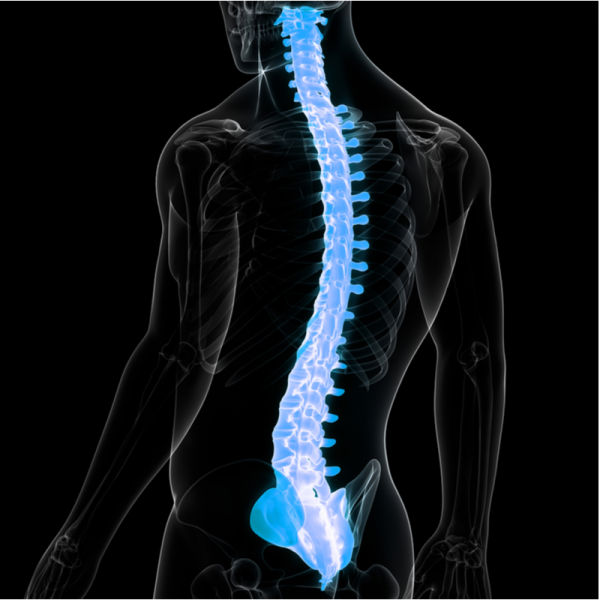
What is a neurenteric cyst?
A neurenteric cyst, or enterogenic cyst, is a malformation of the nerve canal, spinal column and spinal cord that is not associated with a loss of intelligence (non-syndromal). The neurenteric cyst is congenital and is usually localised ventrally to the spinal cord and can sometimes be found in the posterior mediastinum. A neurenteric cyst results from a separation disorder (separation disorder) of the notochord (the primal spine) with the upper gastrointestinal tract. A neurenteric cyst is extremely rare. Worldwide, only about 35 cases of a neurenteric cyst have been published, of which, however, an above-average number of boys are affected by this disease.
What symptoms are caused by a neurenteric cyst?
A neurenteric cyst does not always cause symptoms. However, depending on the size of the cyst, it can cause compression of the spinal cord and the respective nerve roots, which can lead to a focal feeling of weakness, gait or sensory disturbances (paraesthesia) or pain, which originates from the nerve root of the spinal cord. In some cases, congenital anomalies in the vertebral structure can also be found, such as the formation of so-called hemivertebrae or butterfly vertebrae. Particularly in the first months of life, symptoms may be increased in cases of especially large neurenteric cysts.
How is a neurenteric cyst diagnosed?
A neurenteric cyst can be diagnosed by the usual imaging techniques. If the cyst is relatively small and does not cause any symptoms, it is usually an incidental finding. Larger neurenteric cysts, on the other hand, can be noticed, for example, in the course of a magnetic resonance imaging and, in addition to the graphic representation of the neurenteric cyst, also show its localisation and exact size extension in the MRI.
How is a neurenteric cyst treated?
If the neurenteric cyst has reached a certain size and the patient complains of neurological complaints, the treating physician will usually aim to surgically remove the cyst. In this case, the cyst is opened, for example, in the course of a marsupialisation. In a marsupialisation, the open cyst wall is fixed to the surrounding tissue after opening in order to achieve drainage of the cyst in this way. If the neurenteric cyst could be completely removed, it is rather unlikely that the cyst will reappear.
If, on the other hand, it is a neurenteric cyst that was discovered during a routine examination and does not cause any complaints, the doctor will rather choose a conservative treatment therapy and keep an eye on the cyst for its development through regular check-ups. If the developing size makes it necessary, surgical removal may be considered over time.
Frequencies of neurenteric cyst
|
Pathogen |
Source |
Frequencies |
|
Neurenteric cyst |
EDTFL |
Members get access to the frequencies immediately after registration. |
